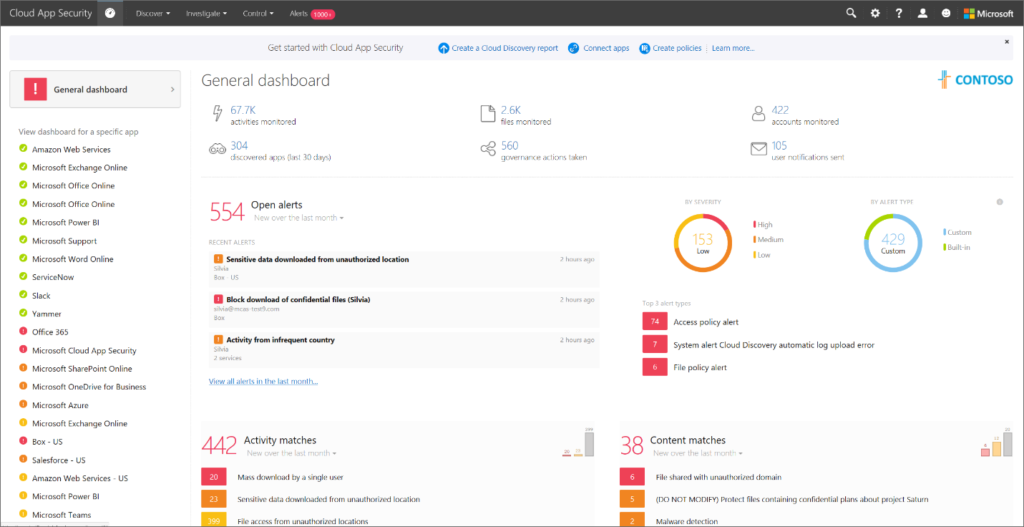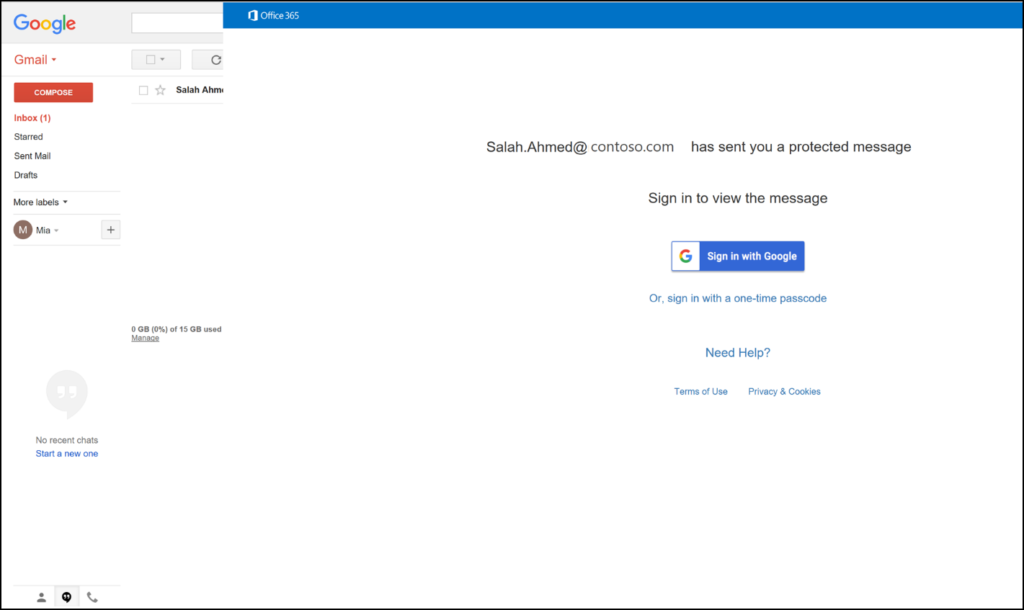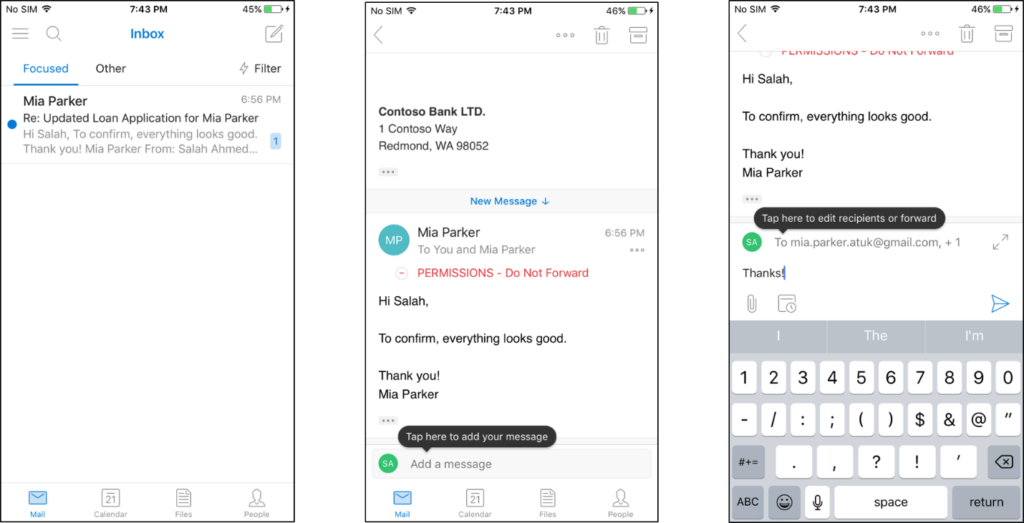How Microsoft 365 Security integrates with your broader IT ecosystem—part 2
Today’s post was coauthored by Debraj Ghosh, Senior Product Marketing Manager, and Diana Kelley, Cybersecurity Field CTO.
In part 1 of our blog series, we shared the Microsoft 365 Security strategy for integrating with the broader security community. Today, we cover the services Microsoft 365 Security offers customers to protect assets beyond the Microsoft ecosystem. These are only some examples among a broad and rich set of capabilities helping customers leveraging tools beyond Microsoft’s services.
Securing the cloud application ecosystem
Microsoft Cloud App Security is Microsoft’s Cloud Access Security Broker (CASB), which has been fully integrated with Microsoft 365 Security services since Microsoft’s acquisition of Adallom. Cloud App Security gives visibility into cloud apps and services, provides sophisticated analytics to identify and mitigate cyberthreats, and enables control over how data travels. The service integrates with Azure Active Directory and Azure Information Protection to enrich insights, strengthen security, and automate security operations.
Cloud App Security is designed to:
- Discover Shadow IT and assess associated risks.
- Protect data assets when they travel outside of your organization.
- Provide real-time monitoring and control of user sessions.
- Detect threats and anomalies.
- Provide configuration of remediation actions.
Cloud App Security is available for over 16,000 cloud apps and leverages more than 70 parameters—including regulatory certifications, industry standards, and best practices—to assign a risk score to each app.

Figure 1. Cloud App Security dashboard.
Protecting the world’s endpoints
Windows Defender Advanced Threat Protection (ATP) is Microsoft’s unified endpoint security platform protecting endpoints from cyberthreats.
Windows Defender ATP is built-in and cloud-powered to:
- Eliminate risky or unnecessary surface areas.
- Restrict dangerous code from running.
- Protect against file-based and file-less malware.
- Detect and respond to advanced attacks.
- Automatically investigate alerts and remediate complex threats in minutes.
- Gain real-time visibility and identify ways to improve your security posture.
- Empower SecOps to actively hunt for evasive breach activity.
Many customers want to benefit from the advanced security offered by Windows Defender ATP while having the flexibility to use various operating systems. In fact, many organizations today encourage employees to bring their own devices—providing individuals freedom of choice, but also increasing complexity for IT. Through several partnerships and cross-platform integrations (Figure 2), Windows Defender ATP reduces the complexity of securing these endpoints, providing a single pane of glass for endpoint security visibility across the entire install base.

Figure 2. Windows Defender ATP industry partners.
These partnerships enable Windows Defender ATP to protect, detect, and respond to security threats on macOS, Linux, iOS, and Android devices.
Share encrypted email with anyone on any device
Data protection is fundamental for all organizations. Email encryption is one of the most basic, yet powerful capabilities employed to protect data.
Office 365 Message Encryption comes standard in Office 365 E3 and E5 licenses enabling organizations to:
- Protect sensitive data.
- Control data through automatic polices or ad-hoc end user controls in Outlook (desktop and web).
- Help meet compliance obligations for sensitive data.
For organizations that collaborate on sensitive emails with customers using consumer email services such as Gmail (Figure 3) or Yahoo, users can sign in using their Gmail or Yahoo identities, and open and read messages (including email attachments) encrypted with Office 365 Message Encryption. Once signed in, recipients can use the Office 365 Message Encryption web portal to read and collaborate on encrypted emails.

Figure 3. Office 365 encrypted email opened by a Gmail user.
The experience is completely seamless for Office 365 users, who can view and collaborate on encrypted messages in their Outlook client on any endpoint including desktop, Mac, web, iOS, or Android (Figure 4). For users not using Outlook for mobile, admins can enable other Exchange ActiveSync (EAS) mobile email clients, like the native Mail app on iOS, to receive and respond to encrypted emails.

Figure 4. Office 365 Message Encryption experience in the Outlook mobile.
Digging deeper
These are only a few examples of Microsoft 365 Security services extending protection beyond the Microsoft ecosystem. You will be surprised to see the number of security offerings designed to help protect your organization, no matter which IT solutions you have in place. To get started with envisioning a plan, onboarding, and driving user adoption, go to FastTrack.microsoft.com, sign in with your subscription ID, and complete the Request for Assistance form.
In part 3 of our series, we will highlight real-world examples of Microsoft 365 Security protecting an organization’s extended IT environment. Meanwhile, learn more about the depth and breadth of Microsoft 365 Security and start trials of our advanced solutions, which include:
